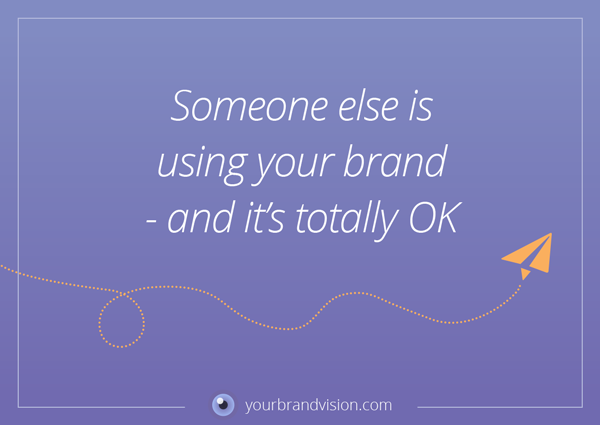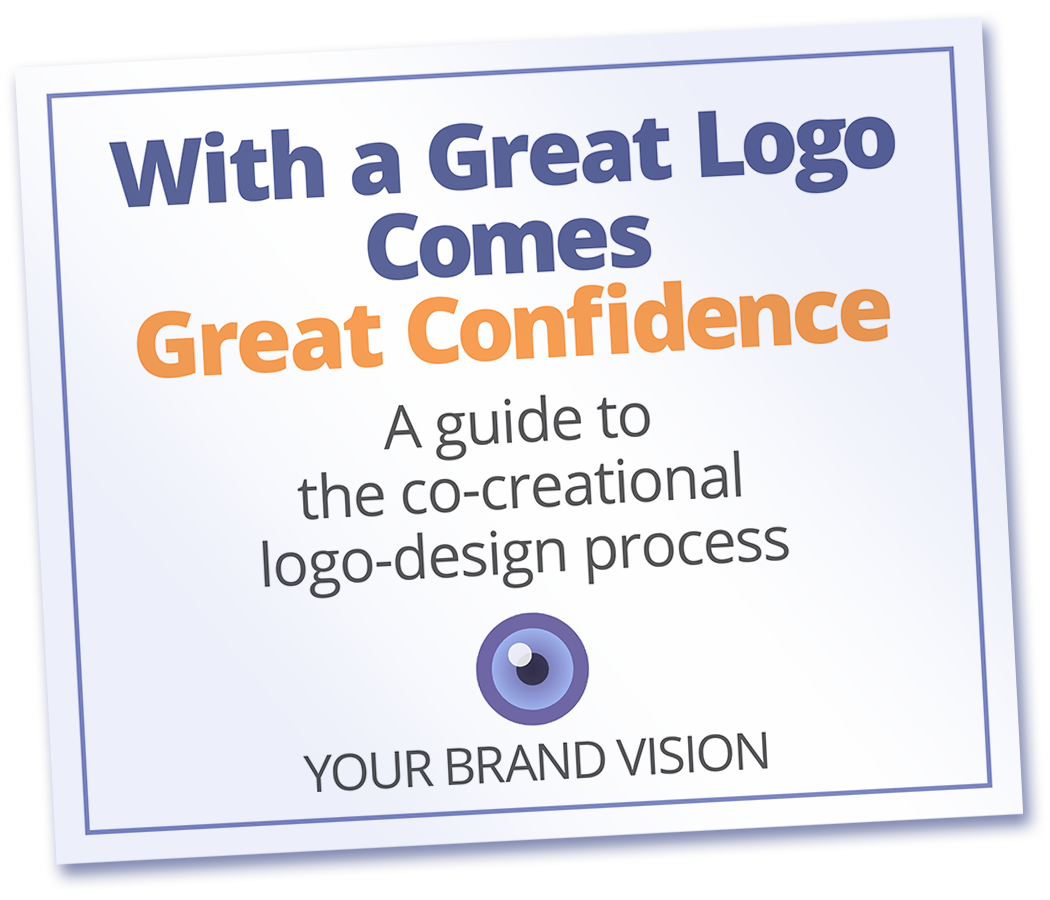
As a graphic designer, I make a lot of different visual pieces for people. It’s everything from tiny business cards to big things like posters and rollups. Nearly all my clients and customers are highly engaged in how the final piece will look.
This is great. Engagement and ownership is critical to the result.
Regarding the reasons WHY people want their materials to look a certain way, we often differ somewhat in opinions. I often observe that people do not manage to convert from the role of the experiencer to that of the person providing the experience.
What do I mean by that?
I will explain. Neither the title of designer, graphic designer or web designer are protected professional titles. This has a couple of unfortunate consequences.
Number 1: Anyone who owns a Mac (or a PC) can in fact start making “graphic design” for others and call themselves a designer.
Number 2: “Everybody” feels that they have the same right as the next person (designer or not) to a firm opinion about how something should look.
“Everybody” can design, right?
We all design a lot of things in our lives. We buy clothes that we like, dress our children according to our liking, create pretty gardens and decorate our homes the way we want them to look. OF COURSE, we all have a right to an opinion as to what “looks beautiful”.
I agree. But in all the cases mentioned above, we OURSELVES are the end user of the result. We decorate our homes in a way that makes it feel good for us to live in them, so we can enjoy the surroundings that we have created, OURSELVES.
Regarding the graphic design with which we “decorate” our market communication, we are NOT the end user of it. The end user in this case is our customer.
Graphic design is NOT home decoration.
Graphic design is communication.
Communication is to make others perceive what we have to say.
Here are some important factors for this to happen:
- Let the message speak visually to the user and what you know that they like.
Here I mean images, colors and fonts. - Let the message be about the user, so they will recognize themselves and understand that you know them well.
- Structure the texts and images of the message in a way that enhances communication, not hinder it.
- Obey the old and well proven rules and guidelines for typography and layout which enhances readability and perception.
It is a challenge to know where to start, if you want to work with the visual branding and graphic design for your business. Let’s have a talk on Skype or telephone to see how I can help you, starting at the point you’re at right now. I am curious about what you have to say. There is no cost for this call. Book a call by sending me an e-mail on: hanne@yourbrandvision.com


